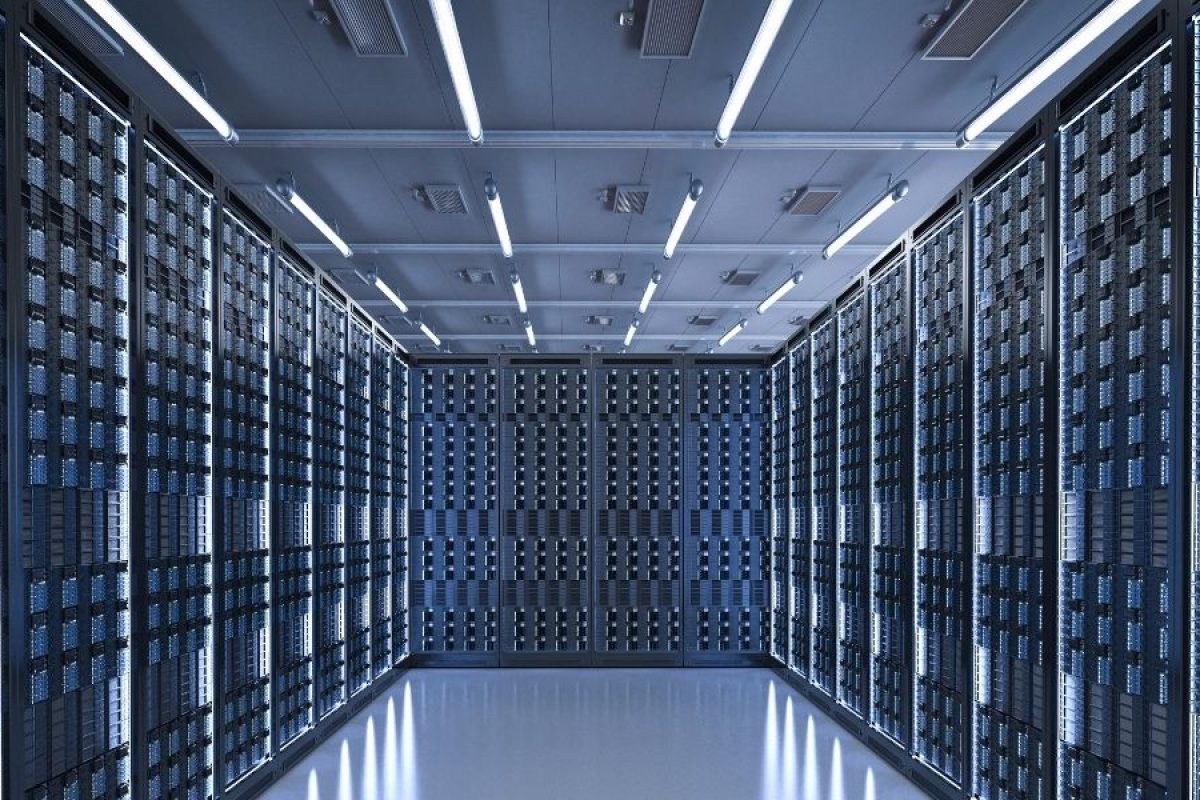Server rooms are the heart of an organization’s IT infrastructure. These areas house critical equipment such as servers, network devices, and data storage units, requiring meticulous design for secure and efficient operation. While aspects like cooling, fire safety, and physical access control are often prioritized, lighting is a crucial factor that should not be overlooked for the effective functioning of server rooms.
Why is proper lighting in server rooms so important? What lighting solutions should be preferred? Here are the details.
1. Why Is Proper Lighting Necessary?
Lighting in server rooms is not only essential for visibility but also plays a crucial role in work efficiency, security, and energy savings.
- Work Efficiency and Visual Comfort: Homogeneous, glare-free lighting ensures technical staff can work comfortably.
- Facilitates Fault Detection: Inadequate lighting makes it difficult to detect hardware errors or cabling issues.
- Security and Surveillance: Proper lighting enhances security camera visibility and improves monitoring system efficiency.
- Energy Efficiency: Low-energy lighting solutions like LEDs optimize server room energy consumption.
2. What Types of Lighting Should Be Used in Server Rooms?
When choosing lighting solutions for server rooms, factors such as efficiency, security, and longevity should be considered.
- LED Lighting: Preferred for its low energy consumption and long lifespan.
- Emergency Lighting: UPS-supported lighting systems should be in place to ensure safe intervention during power outages.
- Motion-Sensor Lighting: Prevents unnecessary energy consumption by turning on lights only when needed.
- Uniform Lighting: Ceiling-mounted wide-angle LED panels minimize shadows and provide even light distribution.
3. What Are the Lighting Standards for Server Rooms?
The lighting used in a server room should comply with international standards. Here are some key standards:
- IEC 60364-7-729: Defines safety and installation standards for server rooms.
- ASHRAE 90.1: Provides recommendations for lighting control systems to enhance energy efficiency.
- ISO/IEC 14763-2: Highlights the importance of proper lighting in cabling and infrastructure planning.
4. Key Considerations in Lighting Design
To achieve optimal lighting in a server room, the following factors should be taken into account:
- Color Temperature: White light in the 4000-5000K range provides natural visibility.
- Anti-Glare Design: Instead of direct lighting fixtures, systems that diffuse and soften light should be used.
- Low-Heat Emitting Lamps: LED lamps that generate minimal heat should be used to avoid placing extra load on cooling systems.
- Lighting Angle: Hardware surfaces and cable channels should be illuminated from the correct angle.
Conclusion: Proper Lighting in Server Rooms Makes a Big Difference
Proper lighting in server rooms not only enhances working comfort but also provides significant benefits in terms of equipment security, fault detection, and energy efficiency. LED-based, sensor-enabled, and uniform light distribution systems enable safer and more efficient management of server rooms.
If you need assistance in selecting the most suitable lighting solutions for your server room, feel free to contact us for professional support.
